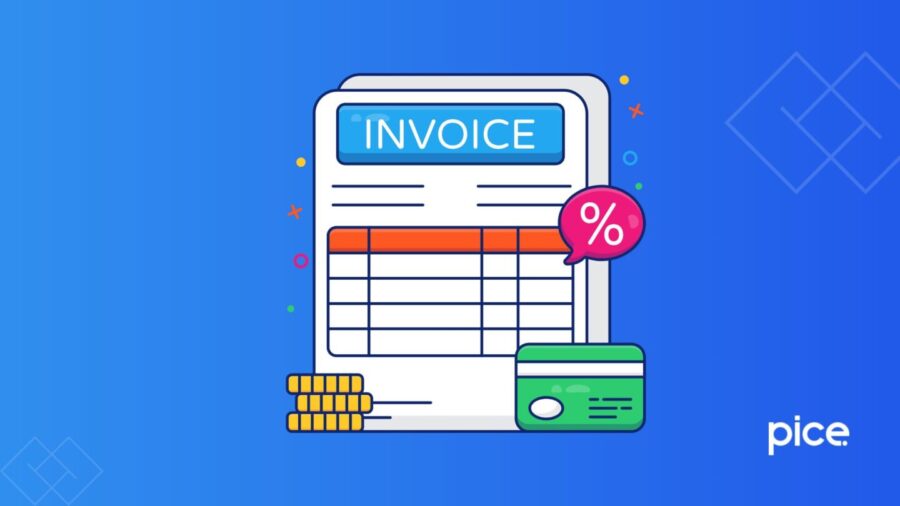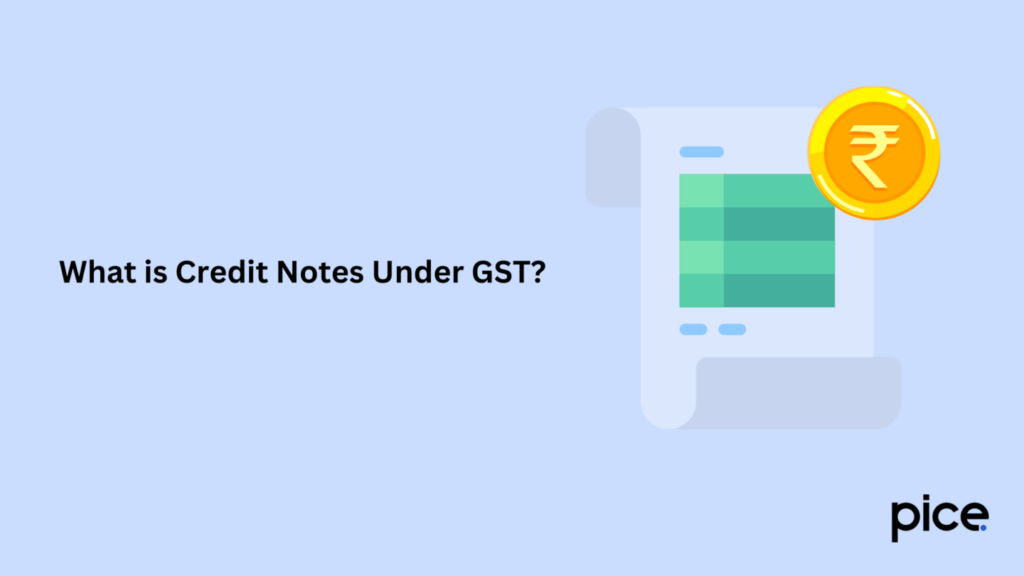Can Single Credit Note be Applied Against Multiple Invoices Under GST?
- 20 Sep 24
- 7 mins

Can Single Credit Note be Applied Against Multiple Invoices Under GST?
Key Takeaways
- Flexibility in Documentation: A single credit note can be issued against multiple invoices for the same recipient, simplifying the documentation process under GST.
- Strict Compliance Needed: Ensure that all linked invoices have the same tax rate and are correctly reported in GST returns to avoid compliance issues.
- Rule 53(1A) CGST: The legal provision under Rule 53(1A) allows this flexibility, benefiting businesses with high transaction volumes.
- Streamlined Accounting: Consolidating adjustments into one credit note makes accounting easier and more cost-effective.
- Timely Reporting: Accurate and timely reporting in GSTR-1 and GSTR-3B is crucial for proper adjustment of tax liability.
In the world of Goods and Services Tax (GST), credit notes play a crucial role in adjusting the tax liabilities and maintaining transparency in transactions. However, there is often confusion about whether a single credit note can be issued against multiple invoices.
This blog aims to clarify this concept, providing a detailed understanding of the process, the legal provisions, and the implications under GST law.
What is Credit Notes Under GST?

A credit note is a document that a supplier issues under the GST system to lower the value of an earlier invoice. This could happen due to various reasons, such as goods being returned, discounts given after the supply, or an error in the original invoice. The issuance of a credit note allows the supplier to adjust the tax liability for the reduced value.
Legal Provision: Issuing a Single Credit Note Against Multiple Invoices
Under the GST regime, there is a provision that allows the issuance of a single credit note against multiple invoices. This is a significant departure from traditional practices, where each credit note had to be linked to a specific invoice.
According to Rule 53(1A) of the CGST Rules, a single credit note can be issued against multiple invoices, provided that all the invoices are for the supply of goods or services made to the same recipient. This provision simplifies the process for businesses, especially those that deal with large volumes of transactions.
Conditions for Issuing a Single Credit Note Against Multiple Invoices
While the GST law permits the issuance of a single credit note against multiple invoices, certain conditions must be met:
- Same Recipient: The invoices against which the credit note is being issued must be for supplies made to the same recipient. This is crucial, as the credit note must be tied to the recipient’s GSTIN.
- Linked Invoices: The credit note must clearly specify the invoice numbers against which it is being issued. This ensures that there is no ambiguity in the adjustment of tax liability.
- Consistent Tax Rate: The tax rate applicable on all the invoices should be the same. If the tax rates differ, a separate credit note must be issued for each tax rate category.
- Disclosure in Returns: The credit note must be reported in the GST returns, specifically in GSTR-1 and GSTR-3B, of the month in which it is issued. The details of the linked invoices should be mentioned to allow for proper adjustment of tax liability.
Advantages of Issuing a Single Credit Note Against Multiple Invoices

- Simplification of Documentation: Issuing a single credit note against multiple invoices simplifies the documentation process, reducing the paperwork for businesses.
- Ease of Compliance: With fewer documents to track, businesses can more easily comply with GST regulations, ensuring that all necessary adjustments are reported accurately.
- Streamlined Accounting: Accounting for credit notes becomes more straightforward, as multiple adjustments can be consolidated into a single entry.
- Cost-Effective: This approach can also reduce costs associated with printing and processing multiple credit notes.
Process of Issuing a Single Credit Note Against Multiple Invoices
Step 1: Identification of Invoices: Identify all the invoices against which the credit note needs to be issued. Ensure that all the invoices pertain to the same recipient and have the same tax rate.
Step 2: Preparation of Credit Note: Prepare the credit note by specifying the invoice numbers, the reason for issuing the credit note, the original value of the invoices, and the revised value after the adjustment.
Step 3: Issue the Credit Note: Issue the credit note to the recipient, ensuring that it contains all the mandatory details as per the GST law, such as the name, address, and GSTIN of both the supplier and the recipient, the original invoice numbers, the amount of tax credited, and the signature of the supplier.
Step 4: Reporting in GST Returns: Report the credit note in the relevant GST returns. For GSTR-1, provide details of the credit note along with the linked invoices. In GSTR-3B, adjust the tax liability as per the credit note issued.
Impact on GST Compliance
Issuing a single credit note against multiple invoices, while permissible, requires careful management to ensure compliance with GST law. Incorrect or incomplete documentation can lead to discrepancies in GST returns, resulting in penalties or loss of ITC (Input Tax Credit). Businesses must therefore maintain accurate records and ensure that all necessary details are correctly reported.
Conclusion
The ability to issue a single credit note against multiple invoices under GST provides businesses with greater flexibility and efficiency in managing their tax liabilities.
However, it is essential to adhere strictly to the legal provisions and ensure that all conditions are met to avoid any compliance issues. Proper documentation and timely reporting in GST returns are key to leveraging this provision effectively.
💡If you want to streamline your payment and make GST payments, consider using the PICE App. Explore the PICE App today and take your export business to new heights.
 By
By 


















